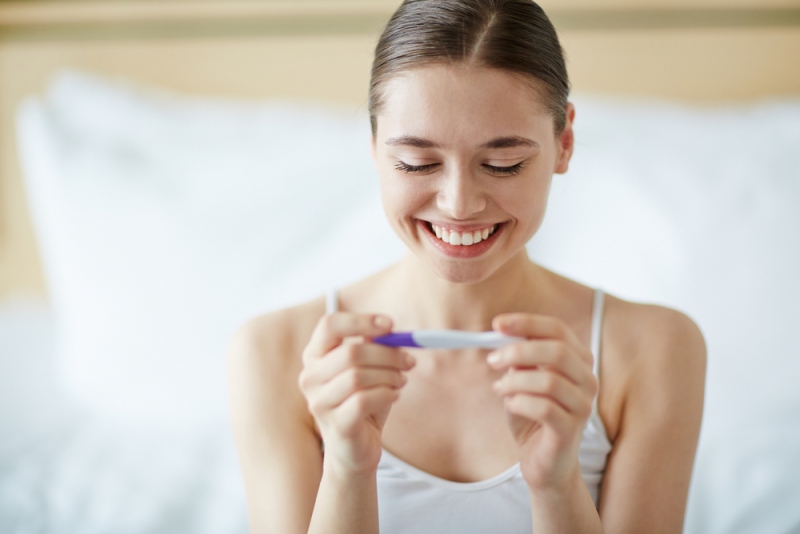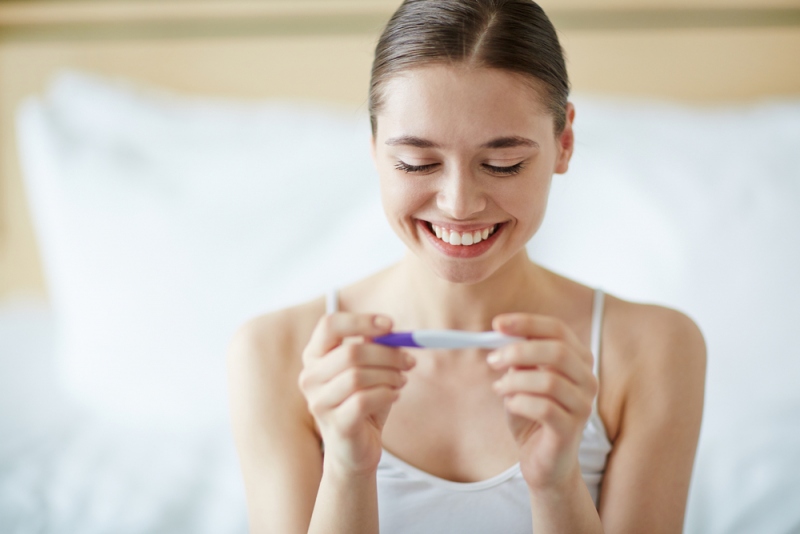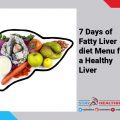For many people there is an ideal time in your life to get pregnant – when you have enough resources to afford a home, to know that you can feed and clothe a child comfortably, and that you can afford to have only one person in the household working for an extended period.
There are other factors that dictate when you might want to get pregnant: to begin maternity leave at the right time for your job (maybe so you can leave with your reputation on a high after completing a major project), to try and ensure your baby’s had time to grow and mature a little before you relocate, or simply to ensure you avoid the most strenuous part of your pregnancy coinciding with the summer.
Getting pregnant on a strict schedule is not as easy as you might think. It’s even less easy when you’re trying to get pregnant while suffering from PCOS or a thyroid condition – anything that affects your hormones can affect your fertility and make pregnancy more of a challenge.

There are no guarantees with fertility, but one of the ways you can boost your fertility and get some control over when you get pregnant very simply is to track when you ovulate.
Ovulation
Ovulation is the key moment of the fertility cycle: it’s when your ovaries release an egg into the fallopian tubes to be (potentially) fertilised by sperm. As you can only get pregnant when sperm encounter an egg, knowing when you ovulate gives you an insight into when you need to be trying for pregnancy. Focussing your efforts on the few days leading up to ovulation give you a better chance of success, and allow you to predict when you’re likely to facing the different stages of pregnancy.
Prediction
One of the best ways to identify and predict ovulation is to measure your basal body temperature. In years past this required an onerous process – taking your temperature (either orally or vaginally) first thing in the morning, before you even move out of bed, in order to preserve that low temperature your body falls to in rest, then plotting the results on a graph over the course of multiple cycles until you can identify the pattern of temperature changes that show when ovulation is about to occur.
In 2019, it’s much easier to use this method – fertility tracker apps, and specialised sensors and thermometers take the burden of both gathering the data and turning it into a useful prediction that can help you get pregnant when you want to.






























No Comments
Leave a comment Cancel